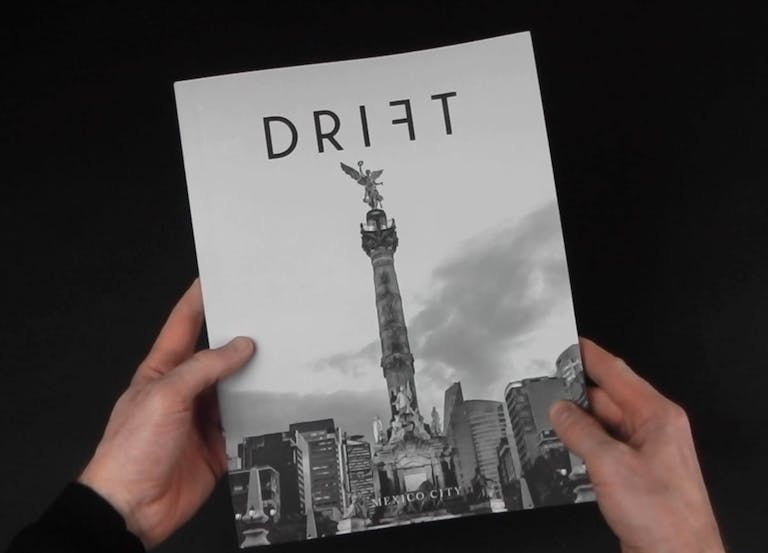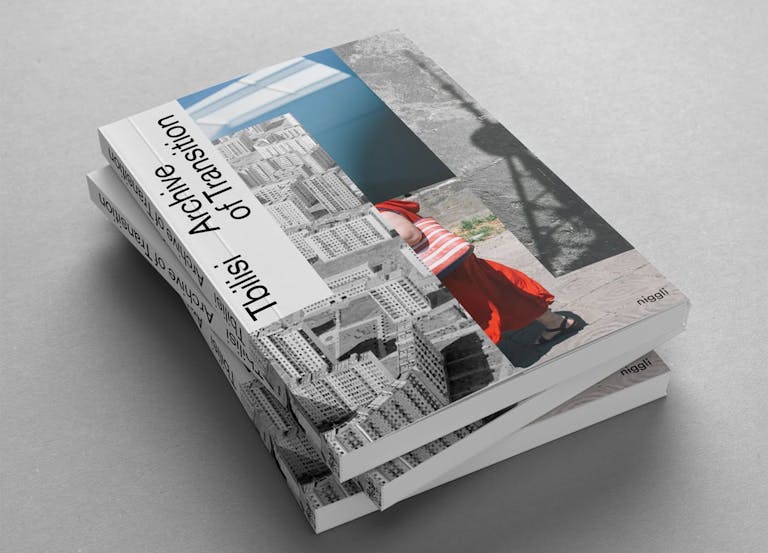Behind the scenes: Lodestars Anthology
I’m fascinated by the emerging trend of the magazine as a place of escape. These days the shelves are heaving with magazines that use print as a sanctuary, providing readers with peace by slowing down and relaxing into a more calming view of the world.
Lodestars Anthology is the latest in this new wave of print havens, launched last night as a travel magazine that devotes its entire 146 pages to the beauty of just one place. The first issue focuses on England, mixing nature, history and craft to present a chocolate box picture of the place. I caught up with editor and creative director Liz Schaffer to map her inspirations and ambitions for the new title.

In the editor’s letter you describe a lodestar as something that can guide and inspire. Who are the readers you’ll be guiding and inspiring?
It’s anyone who has a passion for travel – anyone who wants to get out and really experience something authentic. We’re about really immersive travel, and presenting the culture, history and people that make up a place. We’ll be distributed in 13 countries to start, but the main ports are Australia, America and the UK.
Yours is an authentic look at England, but shown in a very particular light.
We’re possibly seeing the world through rose-tinted glasses, but I think it’s good for the soul to do that sometimes. We focus on beauty and positive stories, but then I think people read magazines as a form of escapism. We don’t have investigative journalism or political issues, but that was a very conscious choice – we decided to be positive and make that our version of authenticity. I’d like to believe the world is like that actually!

It’s relevant too that you’re Australian – I can imagine Lodestars Anthology selling very well in places outside England that have a more romantic image of the place.
Yeah I’ve been living here for four years and I haven’t lost that romantic feeling. Even in London, in the bustle of the city, I just find it so exciting and so different and exotic compared to the world I grew up in. I’m sure a sense of that awe and wonder is there in the magazine, and yes, I expect this first issue might sell better in places where England seems glorified and beautiful and far away.
Do you feel you have the same passion for other places as you have for England?
Oh yes – I got bitten by the travel bug quite young. The second issue is on Scotland, so we’re actually flying up this week, me and a couple of photographers, to start working in the Isle of Skye, then down to Inverness, and then Glasgow.
I think every place in the world has a little bit of magic about it – the special pull of the place. You see a lot of magazines at the moment, especially the ones with a travel focus, that are about looking deeper and realising that a place is more than a couple of fruity attractions and some architectural icons. It’s about the people and the stories and the history, and that makes travel all the more magical.

There’s an emerging trend as well for magazines that hark back to simplicity and craft. Do you see yourself as part of a print movement?
We noticed about a year ago when we were first working out what our niche was, there was a trend for the artisan, the small producer, the boutique, and I think we’re coming back to that. The world is busy and big, and when you get to focus on smaller things, like individual art and craft and stories, it’s quite grounding and calming.
There are also quite a few magazines around at the moment that take a positive look at what other start-ups are doing. That’s something I’ve found about starting up in general – I’ve spoken to editors on other independent magazines and everyone has been so supportive and willing to talk about their experience, the art of putting a magazine together and the dramas. That sense of community and support has been really lovely, and it was totally unexpected.
That sounds familiar! What made you want to go into print?
I’m idealistic – I trained as a journalist and worked as a freelancer for five years, and I got to work with some really beautiful magazines. I worked with Smith Journal and Yen, and it’s an art form.
Yes, it’s struggling – this is a tough industry to start out in and you don’t necessarily go into it to make a profit, so you go into it because you love the feel of a magazine, you love the look of the photographs, you love good writing, you love a story. Honestly, I really thought I’d only ever be happy if I gave it a go to see how far I could take it.






